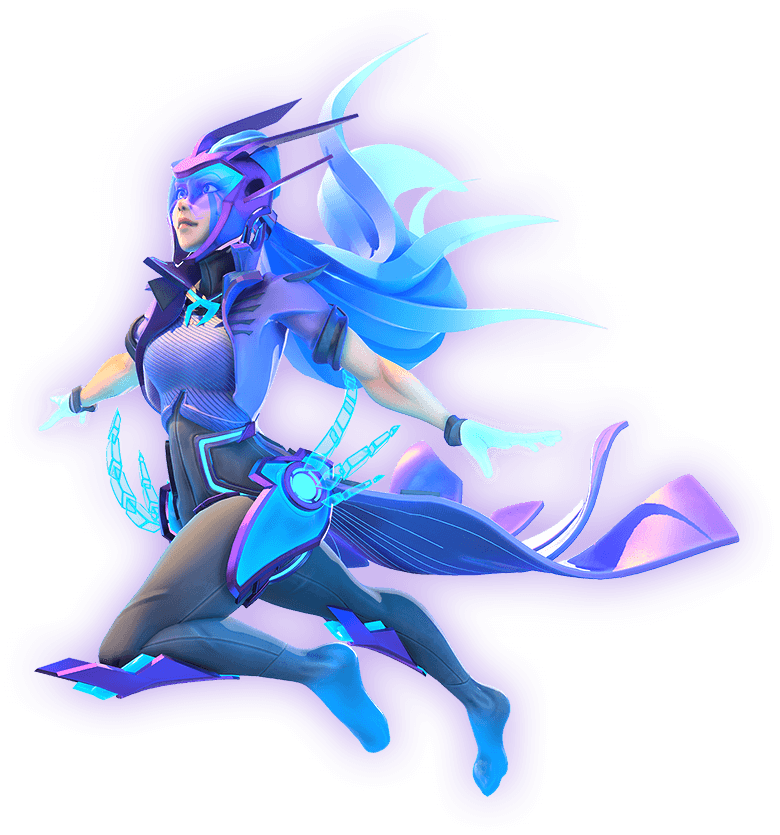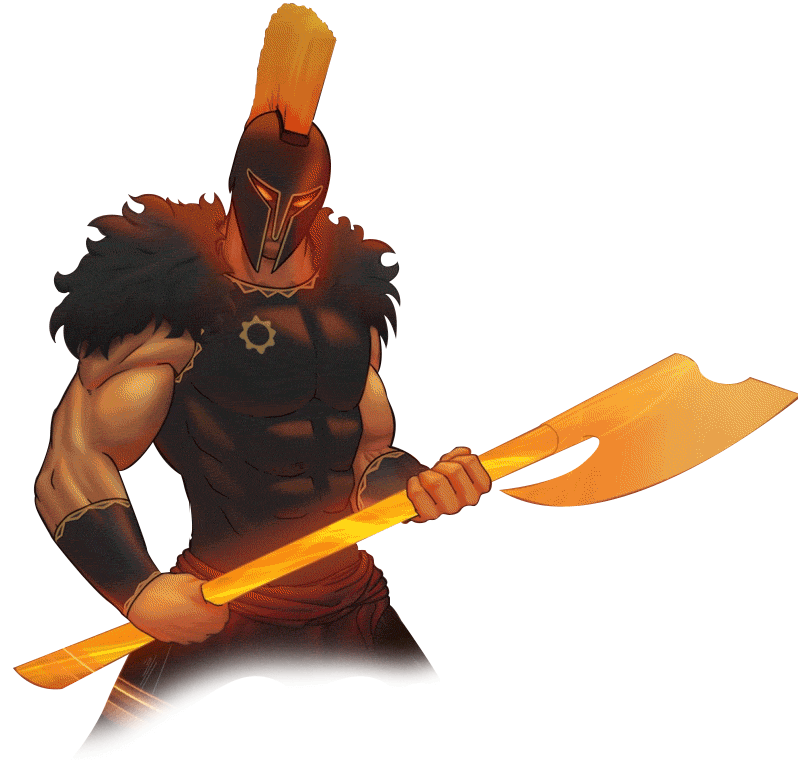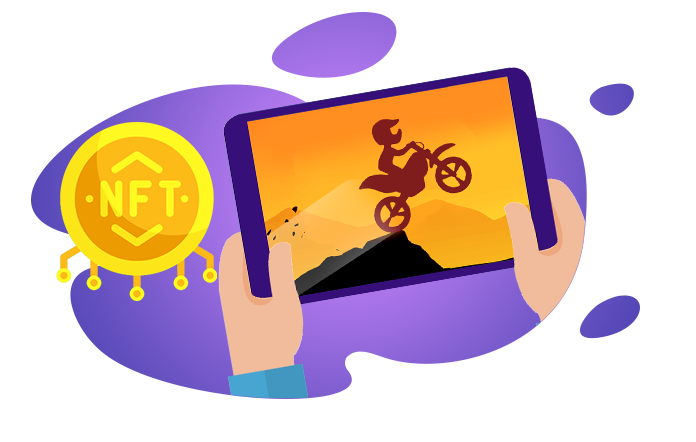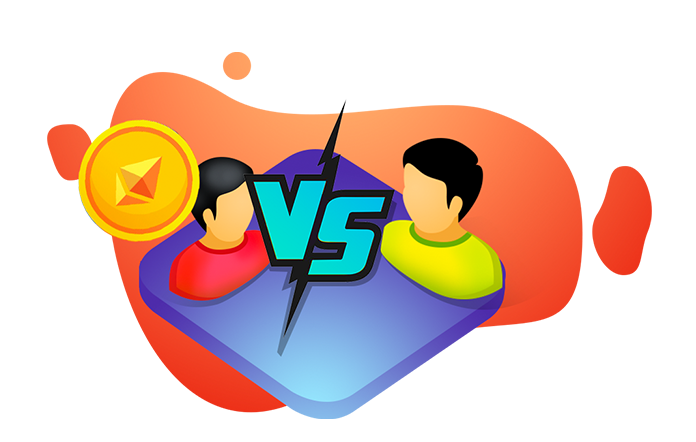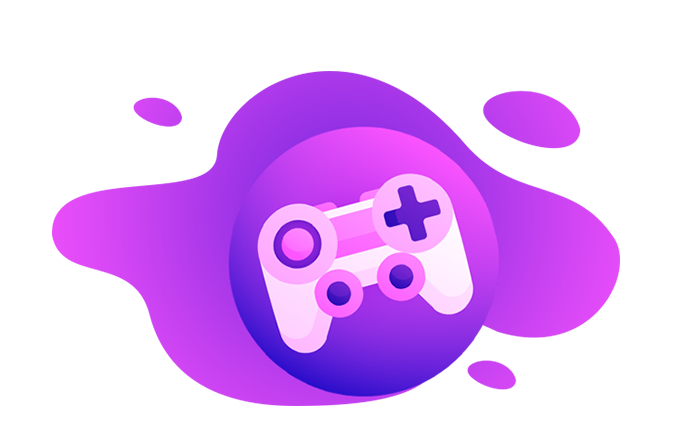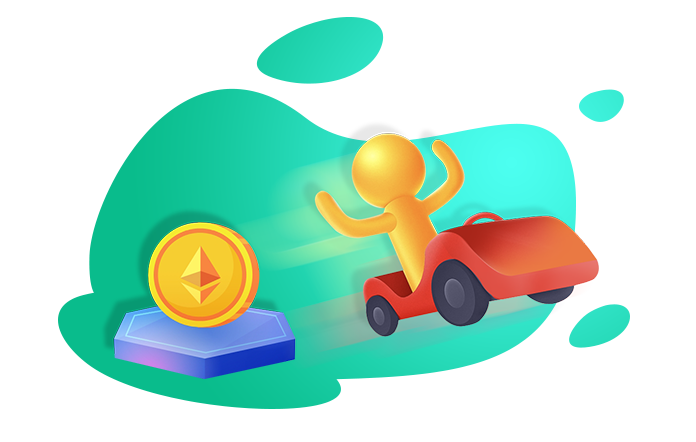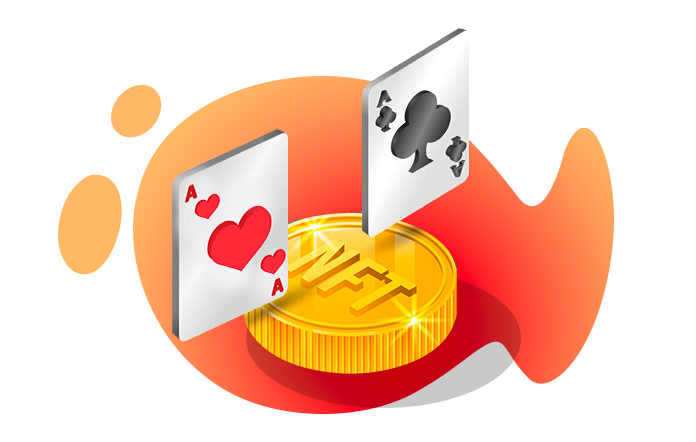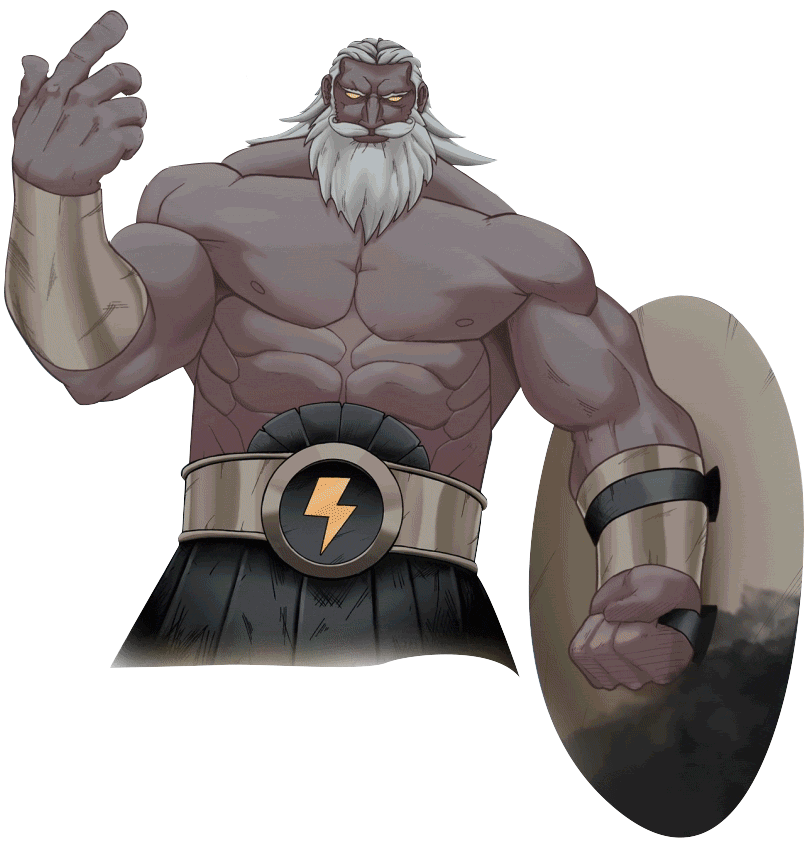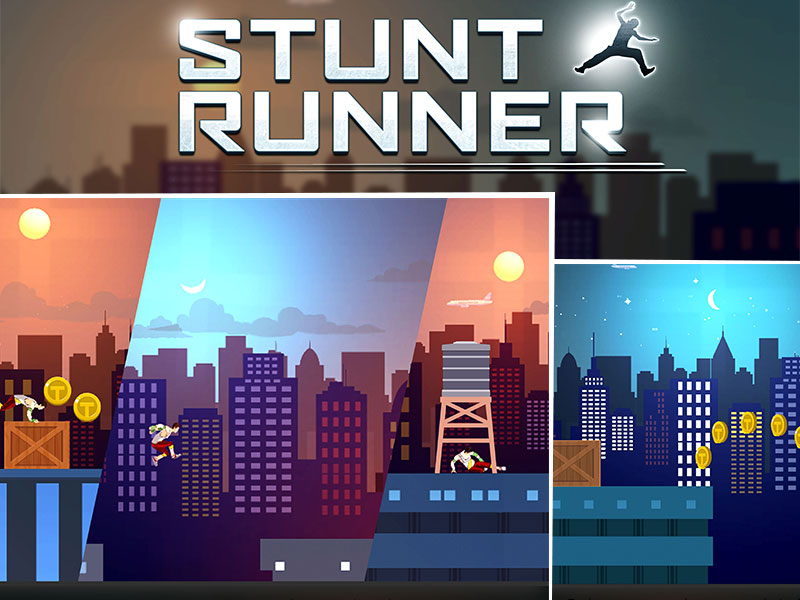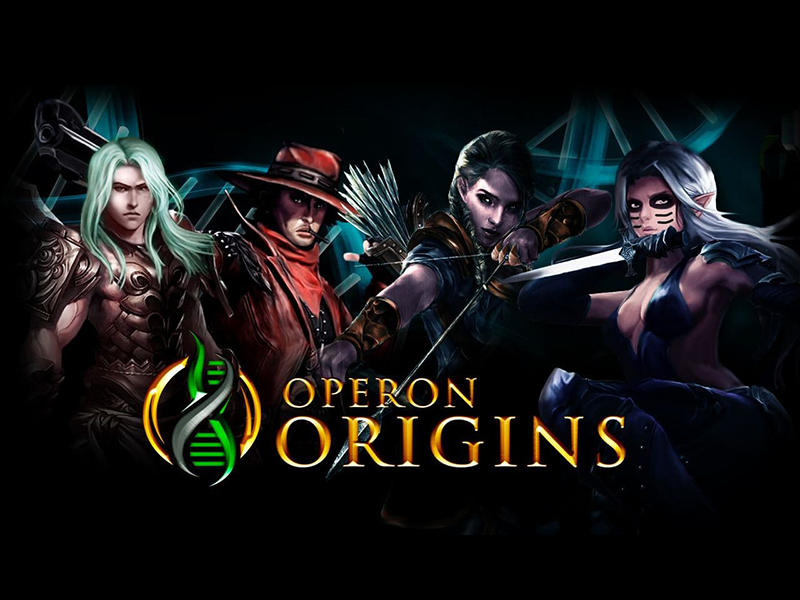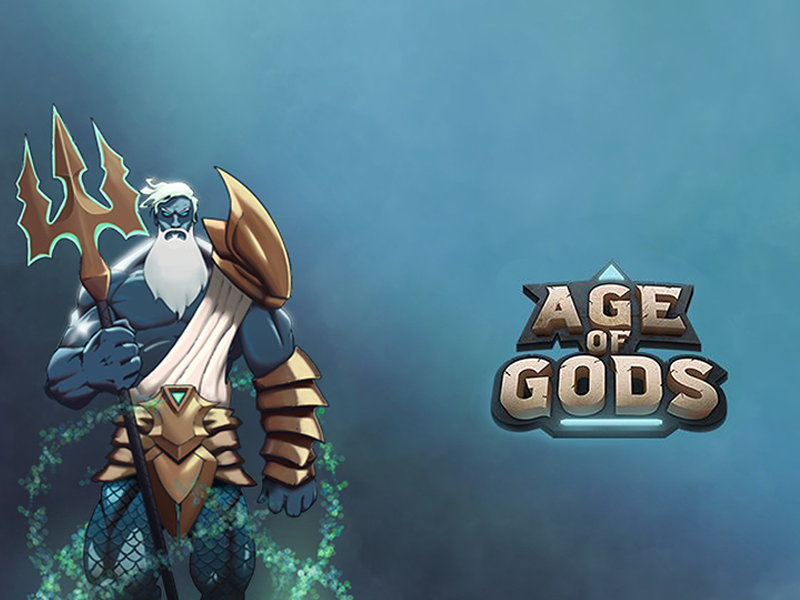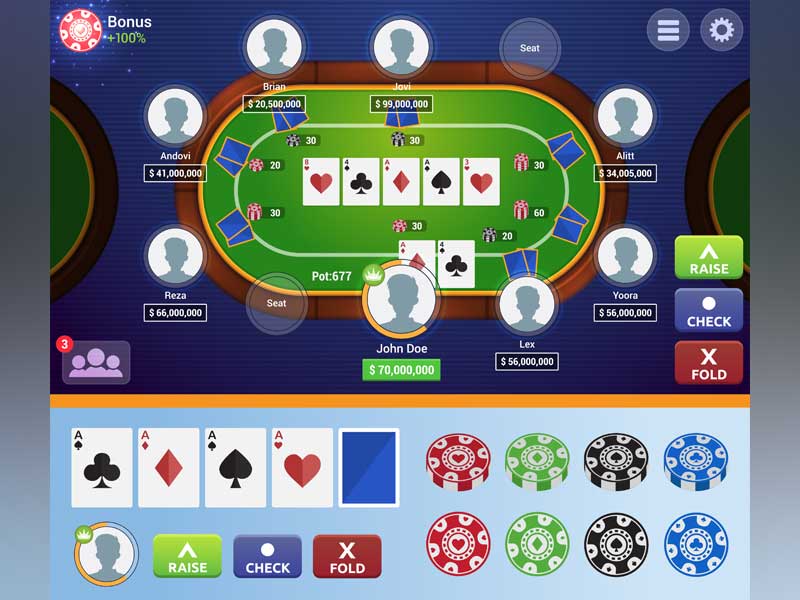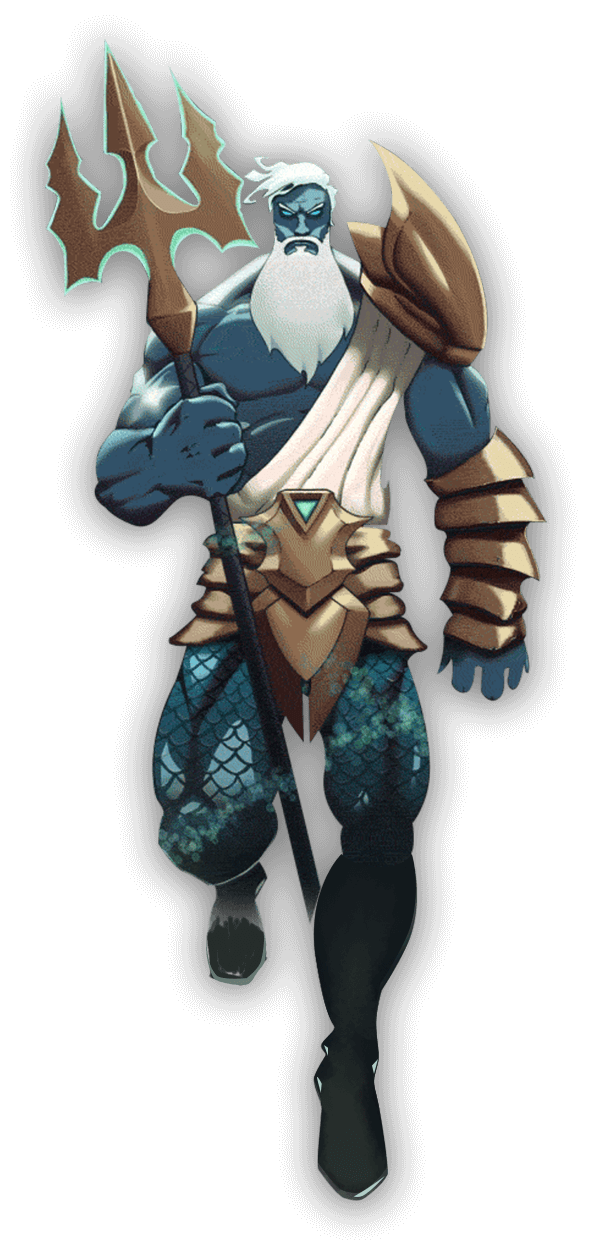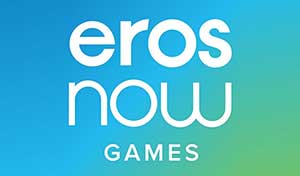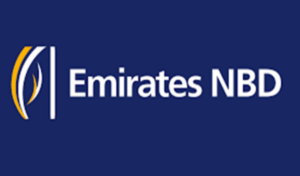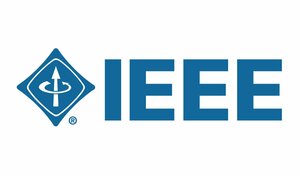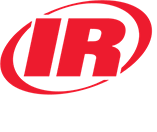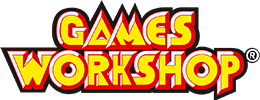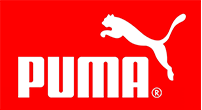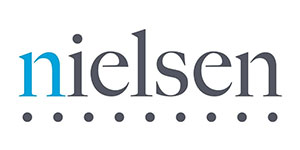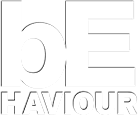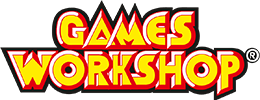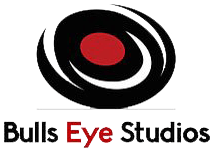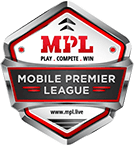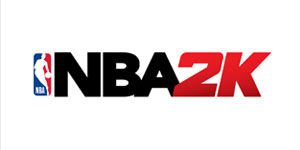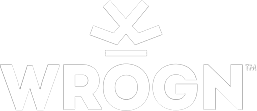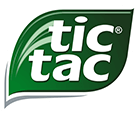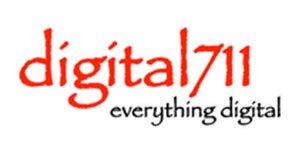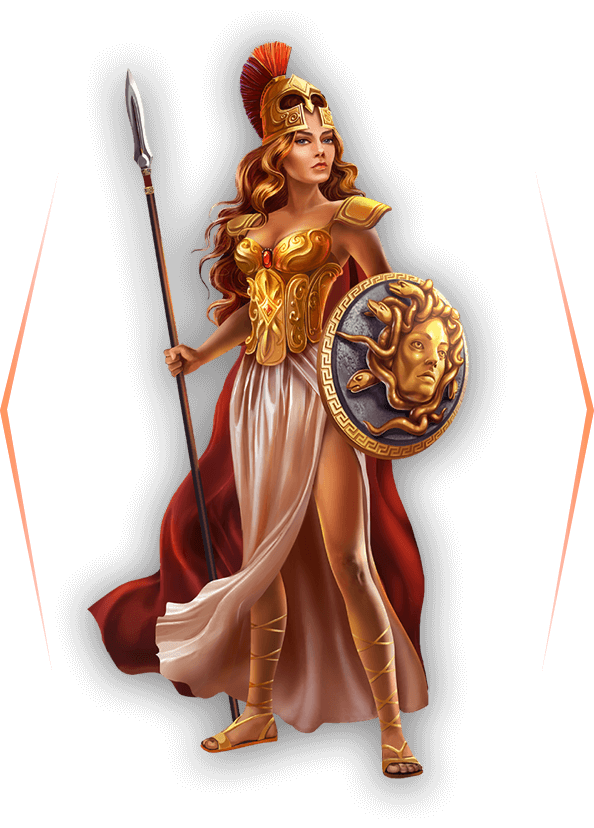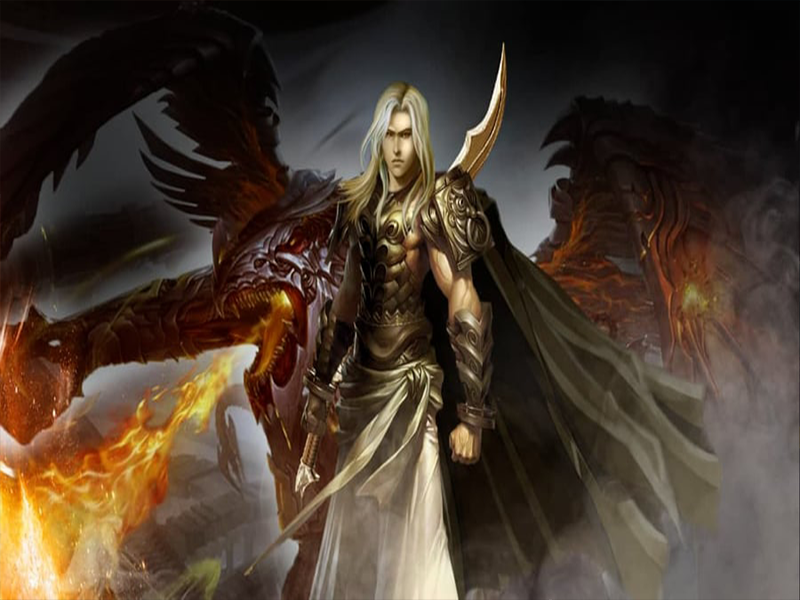NFT marketplaces allow users to buy, sell, and trade NFTs.
Different marketplaces have different features and requirements. Some of them, for instance, are marketplaces hosting numerous NFTs. Others, meanwhile, might stick to a particular type of NFT, like art or game assets (as in the case of in-game NFT marketplaces.) Likewise, some NFT marketplaces are open to everyone, while others make memberships exclusive.
The Crucial Elements in an NFT Marketplace
No matter what the type is, there are a few elements that are part of NFT marketplaces.
● Blockchain
NFTs can be hosted in different blockchains because many have added support due to the popularization of NFTs. However, each blockchain has its positives and drawbacks, and the blockchain of choice for NFT marketplace development is a crucial decision.
● Digital Wallets
Digital wallets hold the keys to the cryptocurrencies that one has. Therefore, NFT marketplaces must have support for the best wallets. Because to purchase NFTs that the users are interested in, they would need to spend cryptocurrency. Vice versa, if the seller needs to sell an NFT and make money in return.
● Storage
The storage of vast numbers of NFTs in a marketplace is also crucial. The most common method is IPFS (Interplanetary File System.) IPFS is a peer-to-peer network that splits files and spreads them among numerous users,
preventing them from being vulnerable to security breaches and privacy violations as other storage methods.
● NFT Metadata
NFT metadata is data about the NFTs. This can include the name of the NFTs, the details of the creators, the transaction history, and more.
● Smart Contracts
Smart contracts are automated programs that execute once a set of pre-determined conditions are met. In terms of NFT marketplaces, these are vital to transferring the ownership of NFTs once a sale is made, without the marketplace manually initiating the sale.
The Multi-Step Process of NFT Marketplace Development
There is a multi-step process behind the creation of NFT marketplaces.
● Prototyping
The creation of the initial ideas of the marketplace. During this stage, only the bare minimum features are integrated. This is because the intention of a prototype is not to release it to the public but to test the feasibility of the idea to determine if it is good enough to warrant further development.
● Development
During this stage, the different features of the marketplace are developed. In addition, the basic infrastructure of the marketplace is also determined.
To do this in the best way possible, one needs developers with the best development frameworks and in-depth knowledge of blockchain.
● Testing
During this stage, the quality engineers would test the marketplace exhaustively. This team would check all the features to ensure everything
works as per the intention, vision, and documentation. The team might also draw up test plans to do this most efficiently.
● Release
Once the testing is completed, and all the features are determined to be in workable condition, the marketplace is released. People authorized to access can then buy, trade, and sell NFTs.
● Maintenance
Post-release, the team conducts routine checks to ensure the marketplace runs as intended, without downtime or major bugs. At this stage, the team will also incorporate user feedback to improve the overall user experience for the better.


